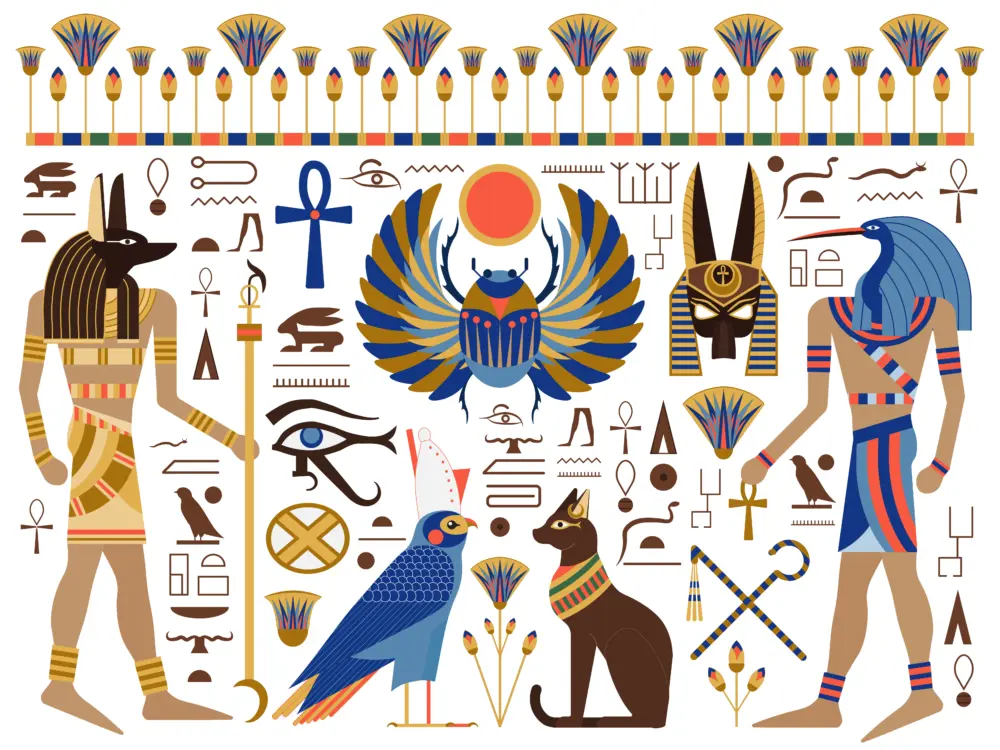Symbolism has long been a powerful vehicle for conveying complex ideas, emotions, and cultural values. Through the lens of psychoanalysis, symbols take on a new dimension. This article delves into the intricate relationship between symbolism and psychoanalysis, exploring how symbols serve as vessels for hidden meanings and unlocking the depths of the human psyche.
The Language of Symbols
Symbols function as a universal language that transcends cultural boundaries. Symbols convey layers of meaning that extend beyond their surface representation. In psychoanalysis, these symbols are seen as bridges to the unconscious, allowing individuals to express thoughts and emotions that may be challenging to articulate directly.
Sigmund Freud and the Unconscious Mind
Sigmund Freud, the pioneer of psychoanalysis, introduced the concept of the unconscious mind and its influence on human behavior. He argued that symbols in dreams, art, and everyday life offer glimpses into repressed desires and unresolved conflicts. For Freud, the interpretation of symbols became a key tool in uncovering the hidden facets of the psyche.

Dream Analysis
Dreams, often laden with symbolic imagery, serve as a rich ground for psychoanalytic exploration. Analyzing dream symbols provides insight into the dreamer’s fears, desires, and unresolved issues. Through deciphering symbols within dreams, psychoanalysts aim to unravel the intricate tapestry of the unconscious mind, bringing buried thoughts and emotions to the surface.
Archetypes and Collective Unconscious
Carl Jung expanded on Freud’s ideas, introducing the concept of archetypes and the collective unconscious. Archetypes are universal symbols and themes that resonate across cultures and time periods. Jung believed that these archetypal symbols tap into a shared reservoir of human experience, connecting individuals to a collective unconscious that transcends personal history.
Cultural Symbolism
Symbols also carry cultural significance, reflecting societal values, myths, and taboos. Analyzing cultural symbols through a psychoanalytic lens unveils the collective psyche of a society, shedding light on its fears, aspirations, and underlying tensions. From religious iconography to national emblems, symbols shape and reflect the collective identity of a culture.
Personal Symbols
Beyond collective symbols, individuals develop personal symbols that hold unique meanings based on their experiences and memories. Psychoanalysis seeks to decode these personal symbols, understanding how they serve as gateways to the individual’s past, shaping their present perspectives and behaviors.
Conclusion
In the intricate dance between symbolism and psychoanalysis, we discover a profound means of understanding the human psyche. Symbols, collective or personal, serve as keys to experience life. While allowing individuals to navigate their emotions and experiences. By embracing the symbiotic relationship between symbolism and psychoanalysis, we embark on a journey of self-discovery and meaning, unraveling the threads that weave the tapestry of the human soul.
Ready to begin? Start your online therapy journey today. Book your first session now.




